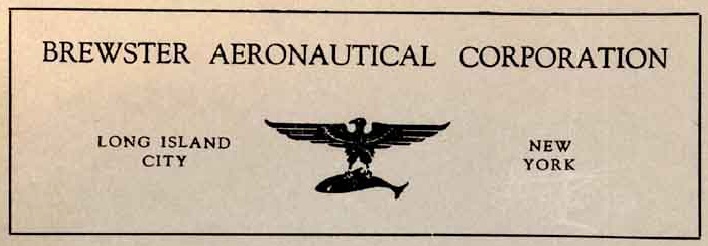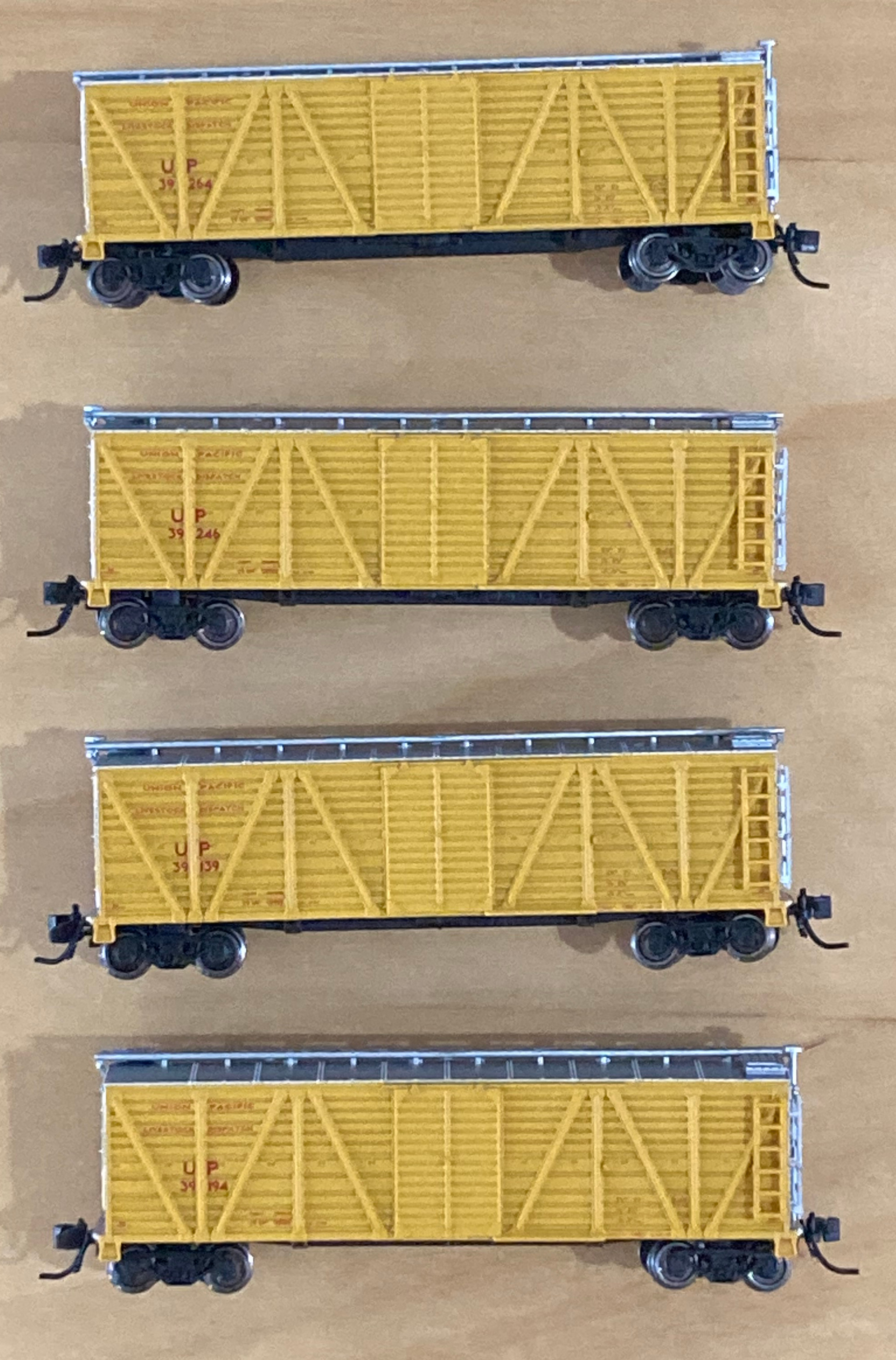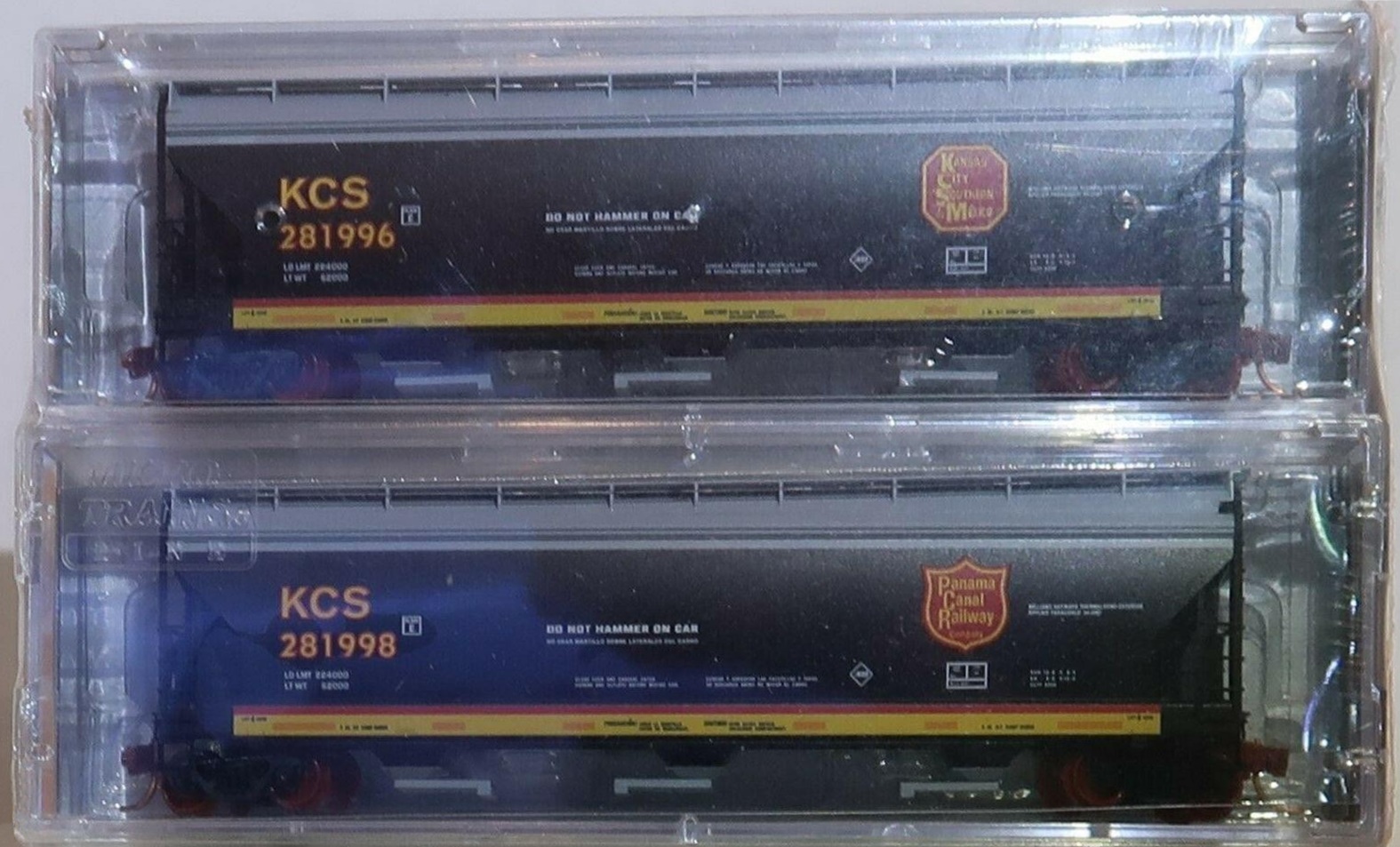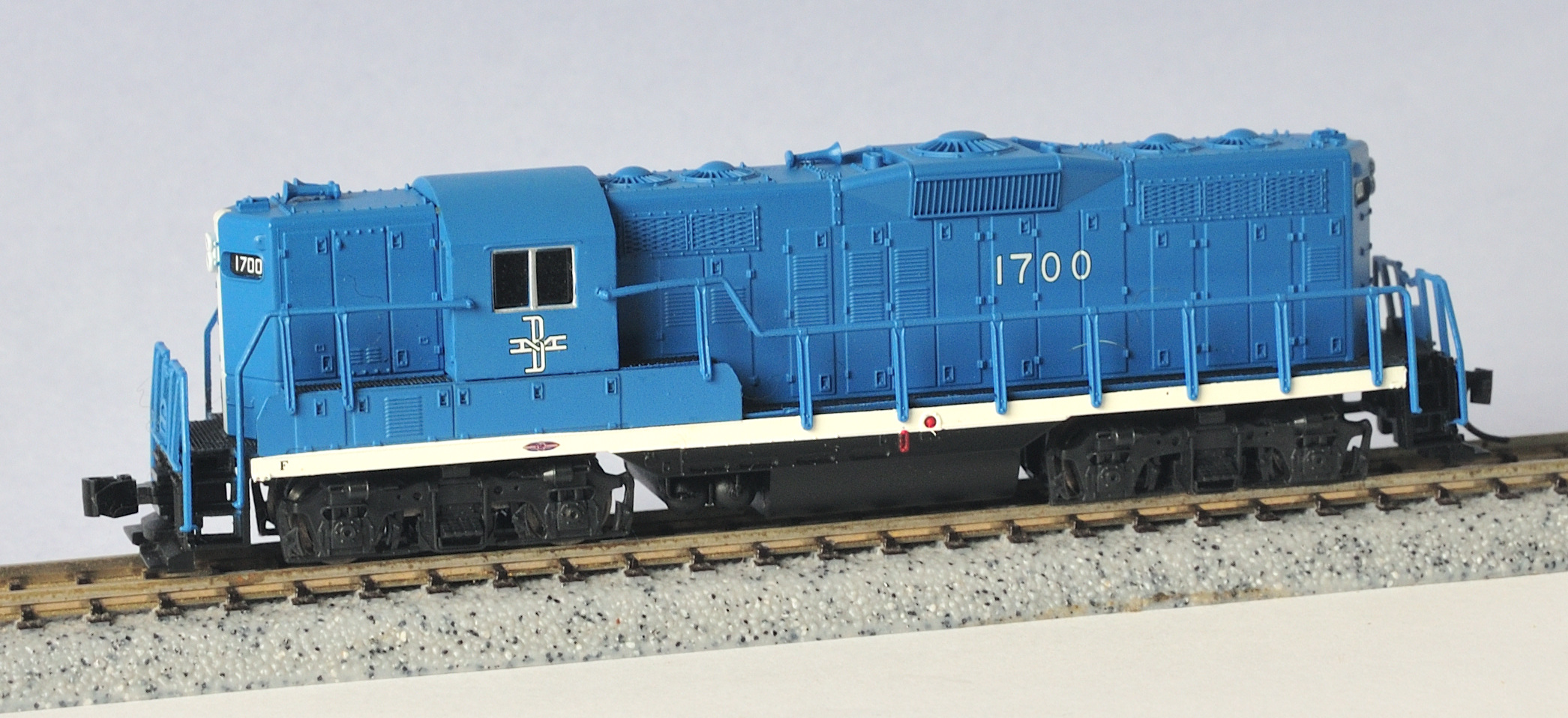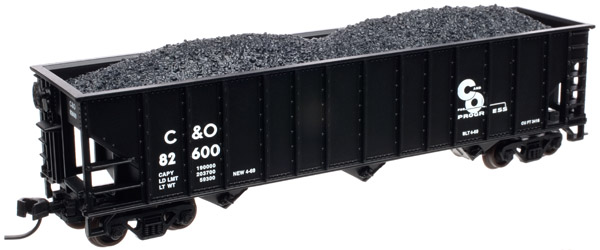Company History: The Brewster Aeronautical Corporation was a North American defense contractor that operated from the 1930s until the end of World War II.
It started existence as an aircraft division of Brewster & Co., a company that originally sold carriages and had branched into automobile bodies and airplane parts. In 1932, James Work, an aeronautical engineer, bought the division for US$30,000 and created the Brewster Aeronautical Corporation. Brewster started out making seaplane floats and wing panels, but with the hire of chief engineer Dayton Brown it embarked on its own designs. It operated three aircraft plants, at the Brewster Building in Long Island City, New York, Newark, New Jersey, and, in 1941, in Warminster Township, Pennsylvania, which was then known as NAS Johnsville.
Brown's first design, in 1934, was a two-seat scout-bomber, the Brewster SBA, which first flew in 1936; subsequently the Naval Aircraft Factory built them, with the designation SBN-1. The Brewster SB2A Buccaneer was a follow-on design that first flew in 1941 and was also ordered by the Royal Air Force, who named it the Bermuda.
A design in 1936 for a carrier-capable monoplane resulted in the Brewster F2A (named Buffalo by the British), which was chosen over an early version of the Grumman F4F Wildcat. The F2A prototype handled well in 1938 tests, and the Navy ordered 54. However, production was slow, at least partly due to an inefficient factory in Queens, New York. The Navy ended up ordering Wildcats, which by 1938 had been greatly improved.
It started existence as an aircraft division of Brewster & Co., a company that originally sold carriages and had branched into automobile bodies and airplane parts. In 1932, James Work, an aeronautical engineer, bought the division for US$30,000 and created the Brewster Aeronautical Corporation. Brewster started out making seaplane floats and wing panels, but with the hire of chief engineer Dayton Brown it embarked on its own designs. It operated three aircraft plants, at the Brewster Building in Long Island City, New York, Newark, New Jersey, and, in 1941, in Warminster Township, Pennsylvania, which was then known as NAS Johnsville.
Brown's first design, in 1934, was a two-seat scout-bomber, the Brewster SBA, which first flew in 1936; subsequently the Naval Aircraft Factory built them, with the designation SBN-1. The Brewster SB2A Buccaneer was a follow-on design that first flew in 1941 and was also ordered by the Royal Air Force, who named it the Bermuda.
A design in 1936 for a carrier-capable monoplane resulted in the Brewster F2A (named Buffalo by the British), which was chosen over an early version of the Grumman F4F Wildcat. The F2A prototype handled well in 1938 tests, and the Navy ordered 54. However, production was slow, at least partly due to an inefficient factory in Queens, New York. The Navy ended up ordering Wildcats, which by 1938 had been greatly improved.
Brief History: The U.S. is a country of 50 states covering a vast swath of North America, with Alaska in the northwest and Hawaii extending the nation’s presence into the Pacific Ocean. Major Atlantic Coast cities are New York, a global finance and culture center, and capital Washington, DC. Midwestern metropolis Chicago is known for influential architecture and on the west coast, Los Angeles' Hollywood is famed for filmmaking.
Item Links: We found: 1 different collections associated with Brewster Aeronautical - Aircraft Manufacturer
- Collection Vehicles: 1 different items.
Item created by: gdm on 2019-08-12 14:07:14
If you see errors or missing data in this entry, please feel free to log in and edit it. Anyone with a Gmail account can log in instantly.
If you see errors or missing data in this entry, please feel free to log in and edit it. Anyone with a Gmail account can log in instantly.


